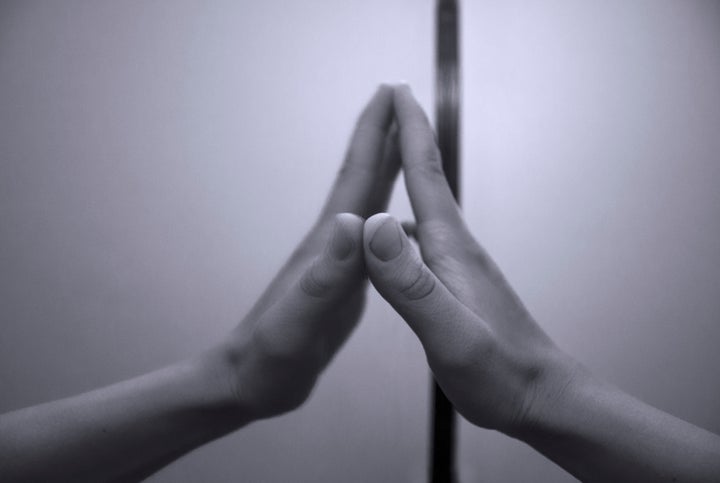
When you think of synesthesia, you probably think of someone who “hears” colors or “sees” sound.
But the brain’s unusual cross-wiring can take on some more surprising forms, too. People with mirror-touch synesthesia, for example, feel as if their own body is being touched whenever they see someone else being touched.
Mirror-touch synesthesia might sound a lot like empathy, which allows us to imagine ― and sometimes even have a physical reaction to ― what another person might be feeling. But the condition goes way beyond that.
Roughly 2 in 100 people have mirror-touch synesthesia, which occurs when the visual and tactile senses get mixed up, according to a study published in the March issue of the journal Cortex.
And here’s the kicker: Most people with the condition have always assumed their reactions were universal ― because how would they know otherwise?
“This reveals the wonderful variability in sensory experience that we as humans have,” Jared Medina, a psychologist at the University of Minnesota and the study’s lead author, said in a statement. “It’s easy to assume that my sensory experience is exactly the same as everyone else’s. However, people who feel what they view, or see letters as having colors, or other synesthetes show us how variable and unique sensory experience can be.”
“It was almost as if they were a part of the movie, feeling touch, pain and other physical sensations that the characters were experiencing.”
- Carrie DePasquale, study co-author
For the study, neuroscientists tested 2,351 students to see if they had the condition. The participants were asked to sit with their palms either face-up or face-down on a table while they were shown a series of videos featuring actors being touched on different parts of their hands. The students were then asked if they felt anything (and if so, where and how strongly). A second experiment tested their reaction times to confirm these claims.
Based on the results, 45 students were identified as having mirror-touch synesthesia. They felt sensations very similar to those of the person whose hands they saw in the films ― and when their hands were in the same position, they felt the sensation in the exact same place.
“It was almost as if they were a part of the movie, feeling touch, pain and other physical sensations that the characters were experiencing,” study co-author Carrie DePasquale, a Ph.D. candidate in neuroscience at the university, said in a statement.
For most, the sensation was related to their own hand position.
“If they saw a hand facing palm-up, they were more likely to experience a synesthetic perception if they were palms-up versus palms-down,” Medina said. “The brain is comparing the synesthete’s own body to what they see, and their experience is modulated based on this own-body other-body correspondence.”
Researchers know these synesthetes process tactile information in a manner different form others, but they aren’t yet sure how. Medina said it’s possible that somatosensory brain regions, which are normally activated when we see someone else being touched, are hyperactive in people with the condition.
“We all experience ‘vicarious tactile processing’ of some sort ― when we see someone being touched, our tactile systems are being activated as well,” he explained.
“When you and I see someone being touched, we typically don’t feel it as touch,” he added. “It is thought that mirror-touch synesthetes have an ‘overactive’ vicarious touch system, such that they actually experience viewed touch as sensation on their own body.”
Some experts have actually suggested that you can teach yourself synesthesia. But before you try to teach yourself to become a mirror-touch synesthete, be warned: You may not really want to feel it when you see someone else get slapped or hit on the head.
